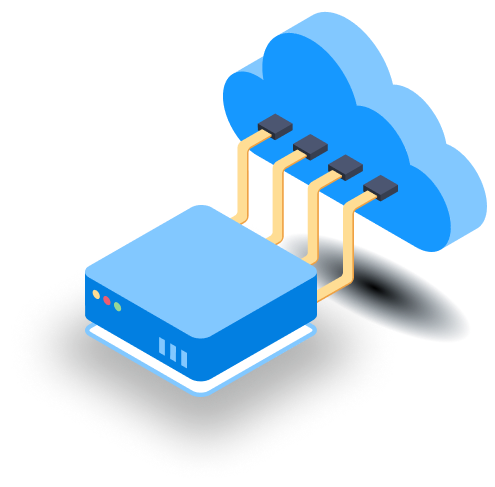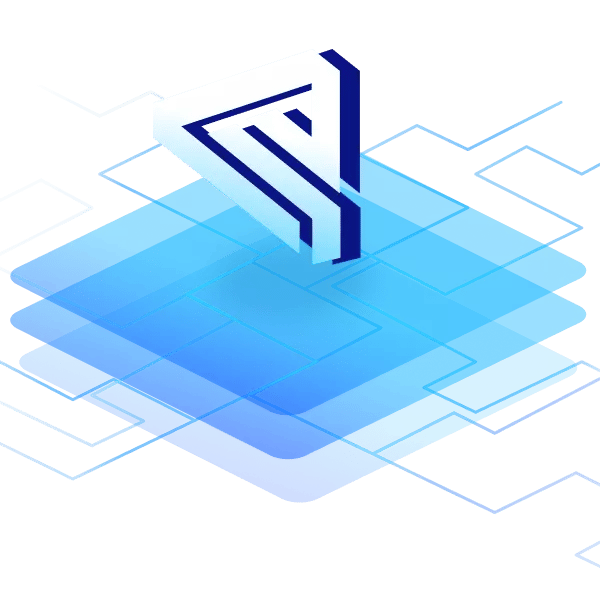With the introduction of IoT together with cloud computing, these devices are at a higher level and not simple pieces of hardware that you think of whenever you are referring to them.
Even though edge devices serve numerous tasks, you need to know that their main task is to play the role of entry and exit points and manage the flow of data at the boundary or along the borders of conflicting networks. Whenever working on tasks that use conflicting programs, these devices offer traffic translation to allow the connection.
How edge devices operates
They are made up of hardware that handles the two main functions of offering physical connectivity and ensuring that traffic flows between two different networks perfectly. An entire range of edge device functions comprises the following:
- Transmission
- Monitoring
- Processing
- Filtering
- Translation
- Data storage
Common and intelligent edge devices
Ancient devices comprise the following:
- Edge routers
- Firewalls
- Different wide area network (WAN) devices
- Routing switches
- Multiplexers
As opposed to the ancient devices, intelligent devices include built-in processors with onboard analytics and artificial intelligent functionalities. The above device may simply have actuators, sensors, and IoT gateways. Companies across the globe can also choose to use IoT edge devices to handle a given number of data directly and avoid uploading, processing, and storing data on the cloud. Doing so ensures that they cut down the costs involved.
Uses of edge devices
As a norm, they are mainly used by enterprises and service providers to connect an internal local area network (LAN) to the internet or even to an external wide area network, edge computing has advanced to the level of offering more complex operations.
These complex operations are not limited to:
- Wireless access points (APS)
- Domain name system (DNS) services
- Security through wireless Apps or even virtual private network (VPN) servers
- Dynamic host configuration protocol (DCHP) services
- And many others
The merging of cloud computing and IoT have fuelled edge devices to another level by simply requiring extra intelligence, more computing power, and more advanced services at the network edge. In addition to that, since edge computing happens or is carried out close to a data source, they facilitate pushing information near individuals who use data as insights to make critical decisions.
The result is faster response times and the use of leveraging all available data resources. When merged or introduced to IoT devices, edge computing is capable of increasing efficiency by automating tasks, upgrading processing, and other several benefits.
Drawbacks of edge devices
Besides the benefits of these devices such as speed reduced costs and expanded access to network and resources, many conditions have to be met to ensure that all goes well when using this technology. Some common drawbacks or challenges that are experienced in edge devices are not limited to the requirement of registering and also managing several edge devices, avoiding bottlenecks in network traffic, and also upholding data security.
Why edge devices are basic for IoT
In this tech era, edge devices are considered a must-have in the modern industrial IoT implementations, more so in operations that need real-time data analysis. You need to know that IoT devices provide trustable, low latency solutions for average data analysis. For manufacturing firms, edge devices are preferred since they offer numerous advantages that are not limited to:
- Counter devastating failures – this is done by monitoring and analyzing data to find and prevent problems before they get critical.
- Enable condition-based monitoring –Monitor the status of the shop floor machines even when they are legacy devices.
- Find new business opportunities –this is realized through a more advanced efficiency and self-monitoring analysis.
- Upgraded equipment uptime, lower spare parts inventory, and low maintenance costs –future problems are predicted, and maintenance technicians are offered all the needed data regarding the machine’s state to fix the problem on the first inspection.
Since edge devices translate and transfer local data and cloud data via their associated protocols, IoT systems using edge devices enjoy the advantages of real-time local analysis and big cloud-based analysis and storage. Below is a list of ways that cloud computing benefits manufacturers:
- Reduced costs on same storage and computing levels
- Reduced maintenance system, since the cloud provider is always off-site and normally not the responsibility of the manufacturer
- Data can be accessed from anywhere and can act as a backup whenever disaster strikes
- Scalability is beyond whatever is feasible from a standalone local network, because of data storage constraints, computing constraints and many others
You also need to know that cloud computing requires network connectivity, fuels latency across local computing, and relies on third-party security. As opposed to that, edge computing offers a lower latency; trustable computing that can be injected in areas that have no network connections or in areas that have extreme security conditions where third-party security is prohibited. There are also chances that data can be incomplete due to the high cost that is incurred by storage. Local computing has more complete maintenance than that of cloud computing since it must be handled in-house.
Having edge computing in place, IoT systems are well off since they enjoy the best of the industries. Narrowing down the gaps by embracing IoT devices provides manufacturers great flexibility, reliability, cost control, and security.
Therefore, you need to be aware that edge computing devices are necessary when it comes to the creation of a digital twin of the manufacturing industry. Below are some other reasons why edge devices and edge gateways are a must-have in the modern IoT infrastructure:
- Offline capabilities – Do you know that these devices can keep information until a system can have access to a network connection, avoiding data loss, and also facilitating deeper analysis.
- Applications – Some other IoT devices are currently able to use applications that work on these devices. A better example of such a system is the monitoring and alerts system that exploits the low latency nature of edge computing.
- AI and ML – Artificial intelligence and machine learning using these devices can activate real-time, autonomous decision-making for firms and manufacturers that needs them when making critical decisions
- Complex Event Processing – Are you aware that the cloud can be used for computational heavy work to handle and recognize patterns that can be sent to these devices to be analyzed locally whenever such patterns surface.
- Data Management – You also need to know that these devices can decide the kind of data that needs to be kept and also those that are to be discarded. This is done to avoid useless datasets that are less likely to be used in any situation.
In summary, edge devices have become a necessity and are mainly used as network entry points. They have multiple functions, but they principally provide authenticated access to faster, more efficient networks.
Build unique products, boost device performance
See why emteria is the chosen Android™ customization & management platform for OEM solution builders — and what it can do for your team and customers.







